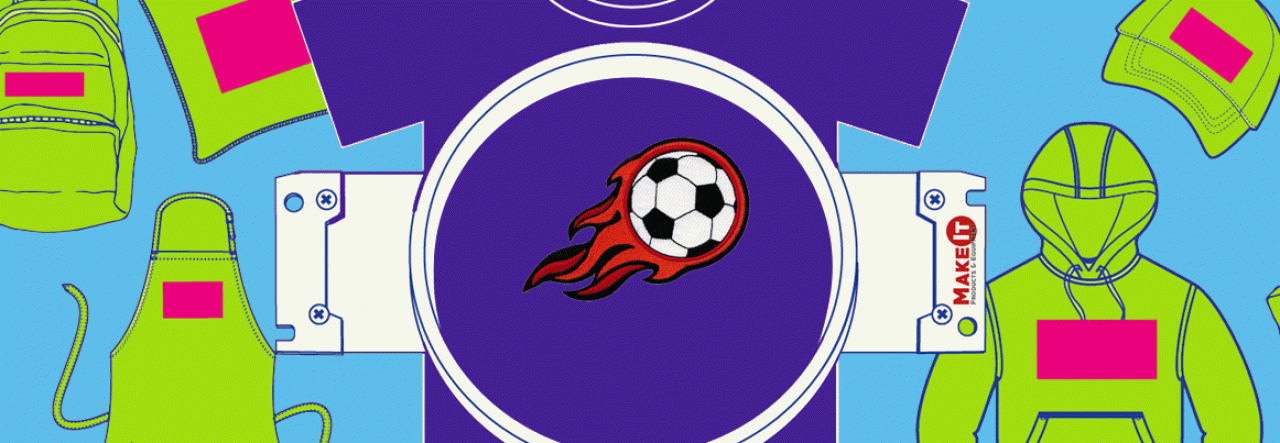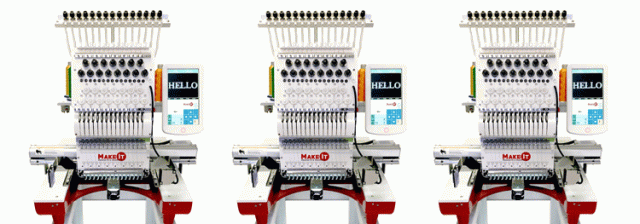
The holiday shopping season is here, whether we’re ready or not! Online retailers of all sizes are busy preparing for the surge of expected holiday orders. Is your embroidery business ready?
It can be difficult to predict what your holiday workload will be like but you can make sure you’re prepared for anything by stocking up on supplies, working ahead to keep yourself from falling behind, and looking back at the growth of your embroidery or monogramming business to estimate what your holiday sales might be like.
Start by looking back.
Take a look at the past year. How have prime shopping holidays affected your workload
- Did you experience a boost in sales last holiday season?
- How has your business grown since last year?
- Use these numbers to estimate how much your holiday sales might be boosted.
Pay attention to peak holiday shopping dates, such as Black Friday, Small Business Saturday, and Cyber Monday. The weeks leading up to Christmas are also popular with last-minute shoppers.
Work ahead as much as possible.
“Made to order” isn’t always the best plan when you’re expecting a big surge in orders. Stock up on popular products and holiday-themed items so you can get your orders shipped as soon as possible. The sooner one order is finished, the sooner you can get to the next!
If you offer custom work that can’t be made ahead of time, prepare as much as you can so that everything is ready to be customized when an order comes in.
Keep extra supplies on hand.
Nothing cuts into your workflow like having to stop to go buy more supplies. Stock up on extra embroidery thread, extra needles, stabilizers, and anything else you’ll need to create your most popular products. Remember, it’s better to be over-prepared than unprepared.
Don’t forget about shipping and packaging supplies! Keep extra boxes, shipping labels, tape, and other supplies on hand so you can fill your orders as soon as possible.
Stick to your deadlines.
Holiday shoppers are most likely looking for gifts for their loved ones or for the perfect piece of embroidery to fit their holiday décor. Either way, your customers want to know they’ll be able to get their orders on time. Decide on cutoff dates for holiday orders and alert your customers to these deadlines. If you can, figure out the last possible day someone could order and still be guaranteed to receive their order on time. Don’t forget to include extra time for production!











 Tips for Scaling Your Embroidery Business:
Tips for Scaling Your Embroidery Business: